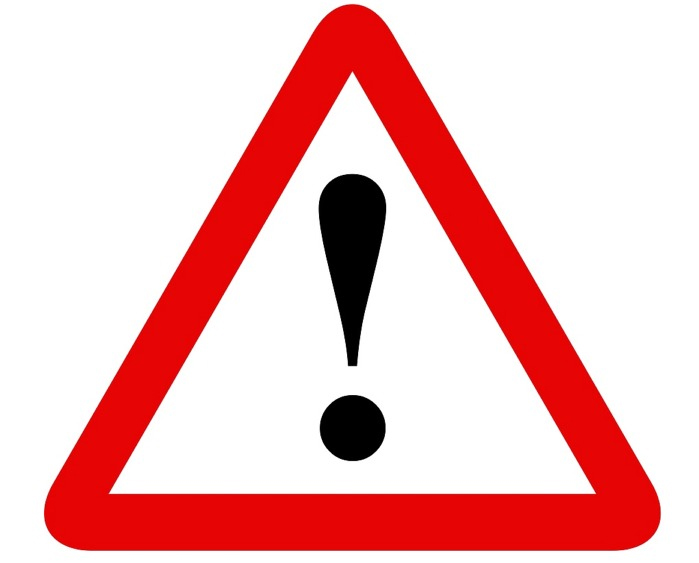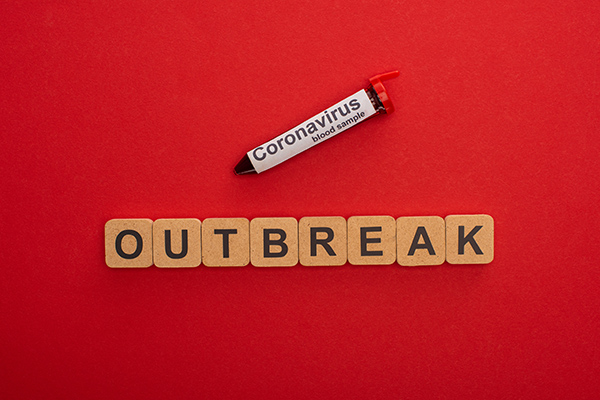

However, anyone exposed to coronavirus must be asymptomatic and follow specific safety guidelines if they continue to work.

However, anyone exposed to coronavirus must be asymptomatic and follow specific safety guidelines if they continue to work.

Preventing foodborne pathogens is a team effort. Here are some practical measures to take in production plants to cut the risks.

The complimentary event will discuss how the food industry can address issues that arise as a result of supply chain disruption.

The coronavirus lockdown is leading to food adulteration.

Although there is no evidence that COVID-19 can be transmitted through food, companies in the food industry must have good hygiene and safety practices in place to ensure product quality.

As the impacts of COVID-19 continue to increase, it is critical that food companies accurately account for this pandemic in demand forecasting to not only address immediate shortages, but also to avoid distortions in forward-looking projections. By creating “disruption databases” that capture critical information about the event, companies can equip themselves to prepare for future disruptions and improve their predictive modeling.

A reliable method is developed to identify Sepia Officinalis.

As facilities across the country are forced to shut down, the president and CEO of Smithfield Foods warns of a severe supply chain disruption as the United States’ meat supply teeters “perilously close to the edge”.

Seafood is a globally traded commodity that is subject to intense supply/demand and price pressures. It is one of the most fragmented food supply chains, and transparency into its actors and the movement of products has been notoriously elusive and difficult to manage.

Cassava starch is frequently used in starch adulteration.